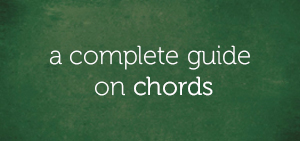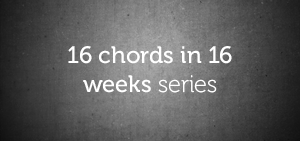After last week’s e-mail, I received the most replies ever.
Here’s another one I think will really help you (VERY IMPORTANT
STRATEGIES BELOW).It’s from a gentleman named Mark.
***Comment From Mark H.***
Hi Jermaine,
Last week’s e-mail was totally awesome! This number system
stuff is quite new to me but you’ve totally made it plain. You
certainly have a knack for breaking stuff down and I want to
thank you for taking the time to do this.
On one of your blog posts, you talked about primary and
secondary chords. You also talked about how each tone of the
scale has its own chord that is usually played.



 I’ve gotten a lot of e-mails about primary and secondary chords so I wanted to take this time to explain them.
I’ve gotten a lot of e-mails about primary and secondary chords so I wanted to take this time to explain them. I promised yesterday to show you something else you could do with the 3-chord in “Amazing Grace.” As you learned on
I promised yesterday to show you something else you could do with the 3-chord in “Amazing Grace.” As you learned on  Today, we’re going to keep exploring the number system and circle of fifths and see what else we can do to spice up the primary chords we already know.
Today, we’re going to keep exploring the number system and circle of fifths and see what else we can do to spice up the primary chords we already know.


